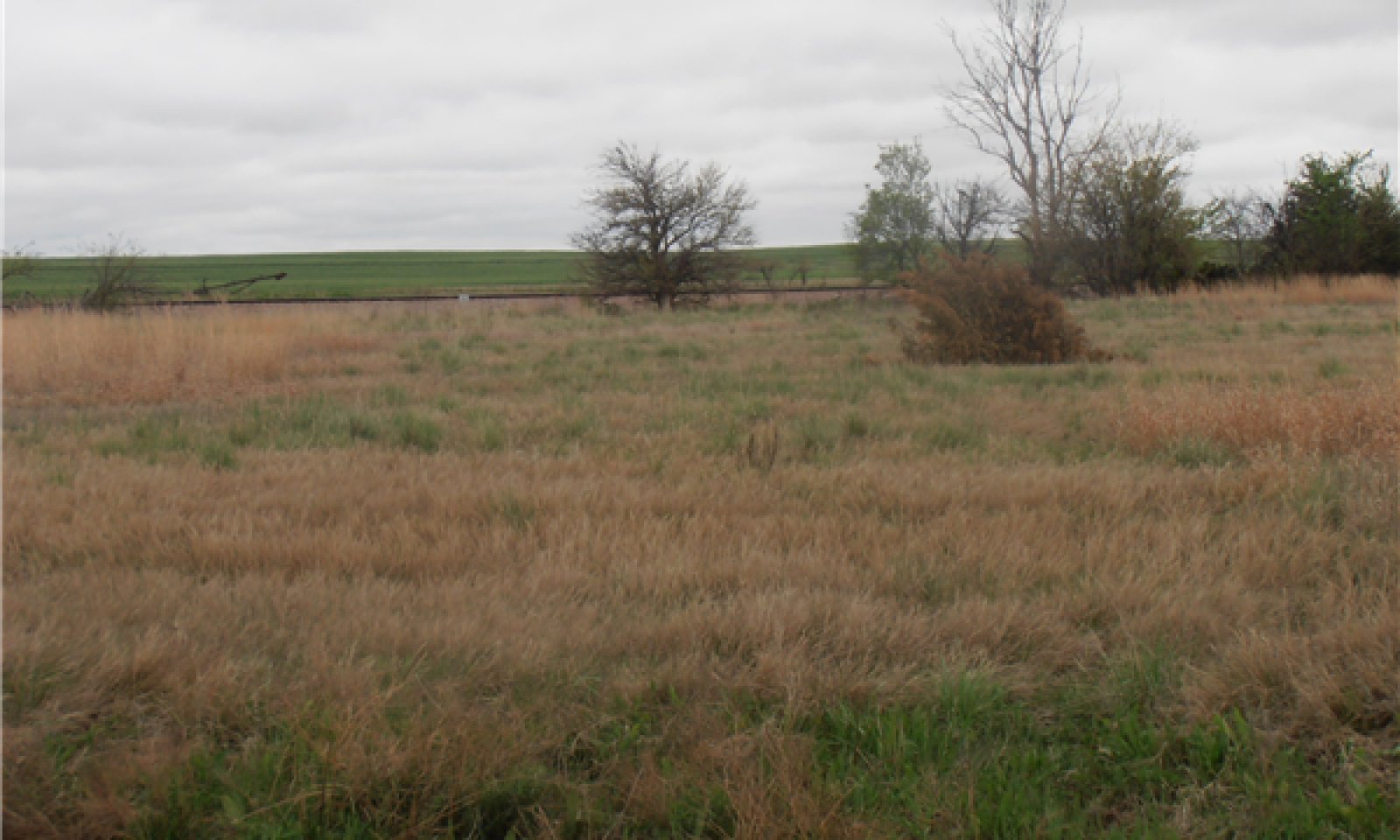
Saline Bottomland
Scenario model
Current ecosystem state
Select a state
Management practices/drivers
Select a transition or restoration pathway
- Transition T1A More details
- Transition T1B More details
- Restoration pathway R2A More details
- Restoration pathway R3A More details
-
No transition or restoration pathway between the selected states has been described
Target ecosystem state
Select a state
State 1
Grassland





Description
This is the reference or diagnostic community for the site. The description is based on early range site descriptions, clipping data, professional consensus of experienced range specialists, and analysis of field work.
Submodel
Description
This state is the result of invasion by woody species. Most likely tamarisk or eastern redcedar. Theses woody species now dominate ecological processes including hydrologic cycle and energy flow.
Description
In many areas, these sites have been cultivated for farming. Although the nature of the soils can prohibit crop growth, they are often farmed with the adjacent soils in the field. Other areas have been planted to introduced pasture species. Contact the survey publications or extension agent for yield data.
Mechanism
Without fire or brush management. The site will be encroached by woody species that will begin to dominate ecological processes.
Mechanism
Many sites were cultivated for the production of crops. This soil disturbance will cause a transition to the converted state.
Mechanism
With the implementation of prescribed fire or alternative brush management, the site may be restored to the reference state. Careful grazing management will be necessary to ensure the recovery of the herbaceous species.
Mechanism
This restoration pathways is not certain. Possibility of returning to the reference state depends on many factors including length of time in cultivation, remaining soil resources, restoration methods, and others. Contact local NRCS office for site specific recommendations.
Model keys
Briefcase
Add ecological sites and Major Land Resource Areas to your briefcase by clicking on the briefcase (![]() ) icon wherever it occurs. Drag and drop items to reorder. Cookies are used to store briefcase items between browsing sessions. Because of this, the number of items that can be added to your briefcase is limited, and briefcase items added on one device and browser cannot be accessed from another device or browser. Users who do not wish to place cookies on their devices should not use the briefcase tool. Briefcase cookies serve no other purpose than described here and are deleted whenever browsing history is cleared.
) icon wherever it occurs. Drag and drop items to reorder. Cookies are used to store briefcase items between browsing sessions. Because of this, the number of items that can be added to your briefcase is limited, and briefcase items added on one device and browser cannot be accessed from another device or browser. Users who do not wish to place cookies on their devices should not use the briefcase tool. Briefcase cookies serve no other purpose than described here and are deleted whenever browsing history is cleared.
Ecological sites
Major Land Resource Areas
The Ecosystem Dynamics Interpretive Tool is an information system framework developed by the USDA-ARS Jornada Experimental Range, USDA Natural Resources Conservation Service, and New Mexico State University.
